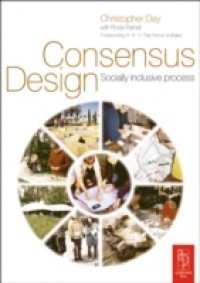Consensus Design offers a practical step by step guide to co-design; an increasingly important consideration for architects as they compete for work.The text moves from identifying the methodology of the process to developing a series of principles and practical steps which illustrate how consensus design can be established. For easy reference, flow charts show the process of achieving consensus design and include variations for different types of project and different groups of people. It gives clear timings so that agreements can be reached within a specific time frame, and also features a number of case studies to illustrate consensus design principles in practice. Case studies include projects in the UK, US, and Sweden.Consensus design isn't just a utopian ideal. It's the only meaningful way in which people can be involved in shaping where they live and work. It can have an influence on social stability, crime-reduction, personal health and building longevity, all of which in turn have monetary and environmental cost implications. Its consideration can also greatly help architects win work and commissions.Day argues that when places are designed by professionals for people, many things obvious to the residents are overlooked. When they are designed by lay people, the design can suffer from the lowest common denominator factor. When places are designed by both it tends to end up in conflict. However, Consensus Design shows that co-design is not doomed to either conflict or banality if it is managed correctly.* An accessible guide that offers practical advice for implementing consensus design * Learn how to carry out 'inclusive design' and gain the edge over the competition when bidding for work* Illustrations of an international range of case studies demonstrate how consensus projects evolve in practice

